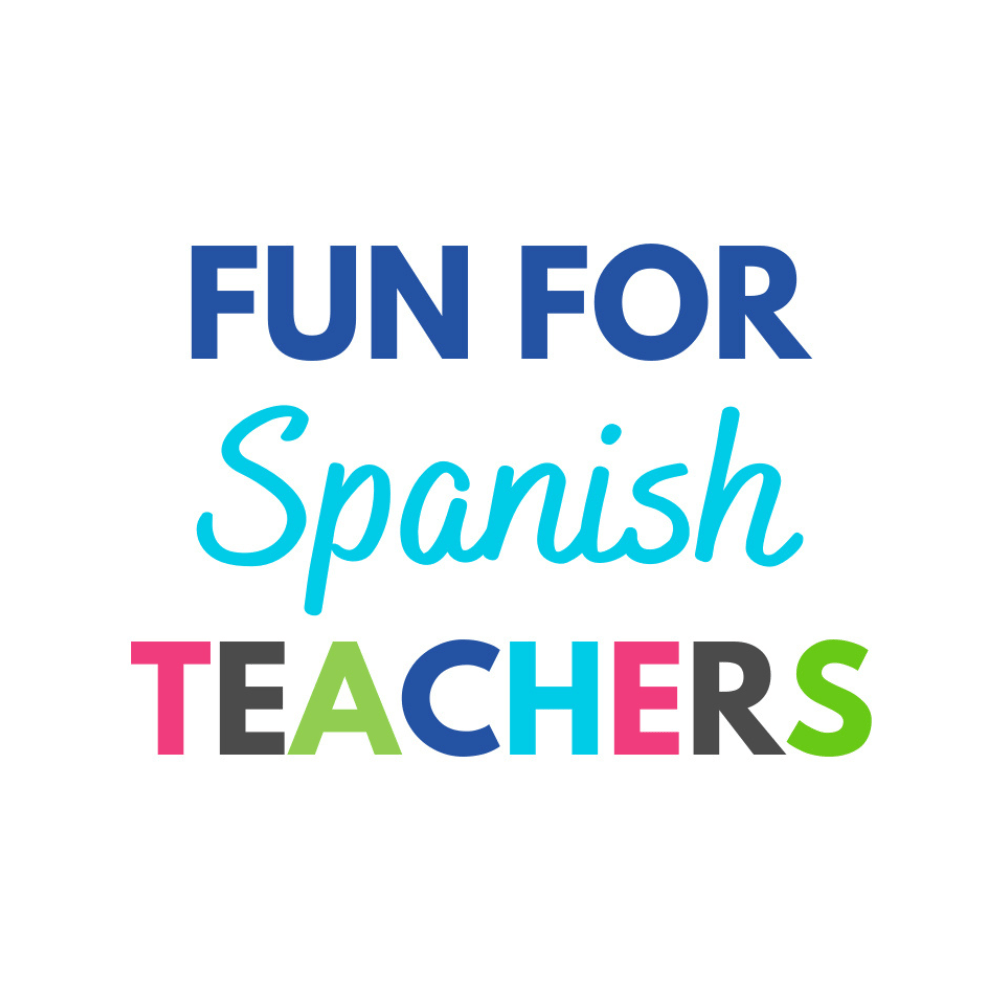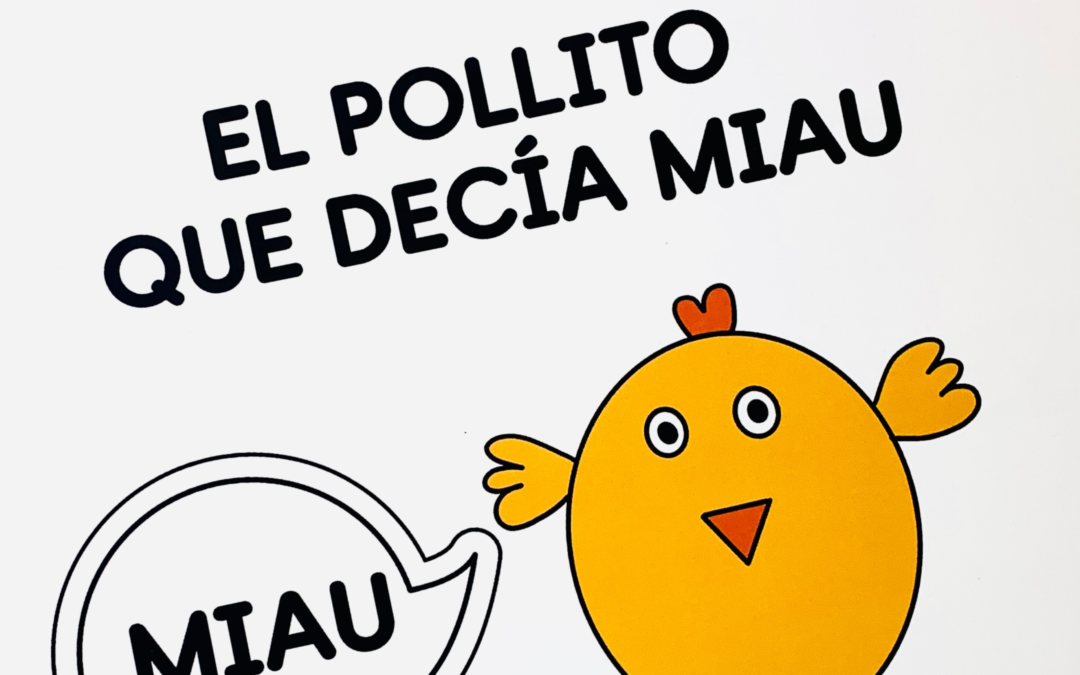A parallel story is a powerful tool that language teachers can use to engage their students and reinforce language learning. By taking an existing story and modifying it slightly, teachers can create a new and exciting experience for their students that still retains the language patterns and vocabulary of the original story.
After using the book “La vaca que decía oink” by Bernard Most in class, I decided to create a parallel story for my kindergarten students. Though I worried they wouldn’t enjoy listening to a similar story, my students surprised me by engaging with it and recognizing familiar language patterns. I made some modifications, such as shortening the story and changing characters. We even plan to act it out and sing “La granja” to accompany it.
Parallel stories offer a time-saving approach, allowing you to reuse language patterns and recycle familiar vocabulary with minimal changes. Revisiting the same story also gives students an opportunity to process and predict what comes next. Occasionally, I like to add a surprise by altering the ending.
To create a parallel story, find a story familiar to your students and adjust it to their language level. Use props or Story Listening to tell the story, then create the parallel story by changing the characters, setting, and adding your twist. Finally, share the parallel story and prepare for your students to make connections!
Parallel stories are a fantastic way to engage language learners and reinforce language learning!
View this post on Instagram
Have fun!

You might like this resource available on Teachers Pay Teachers:





